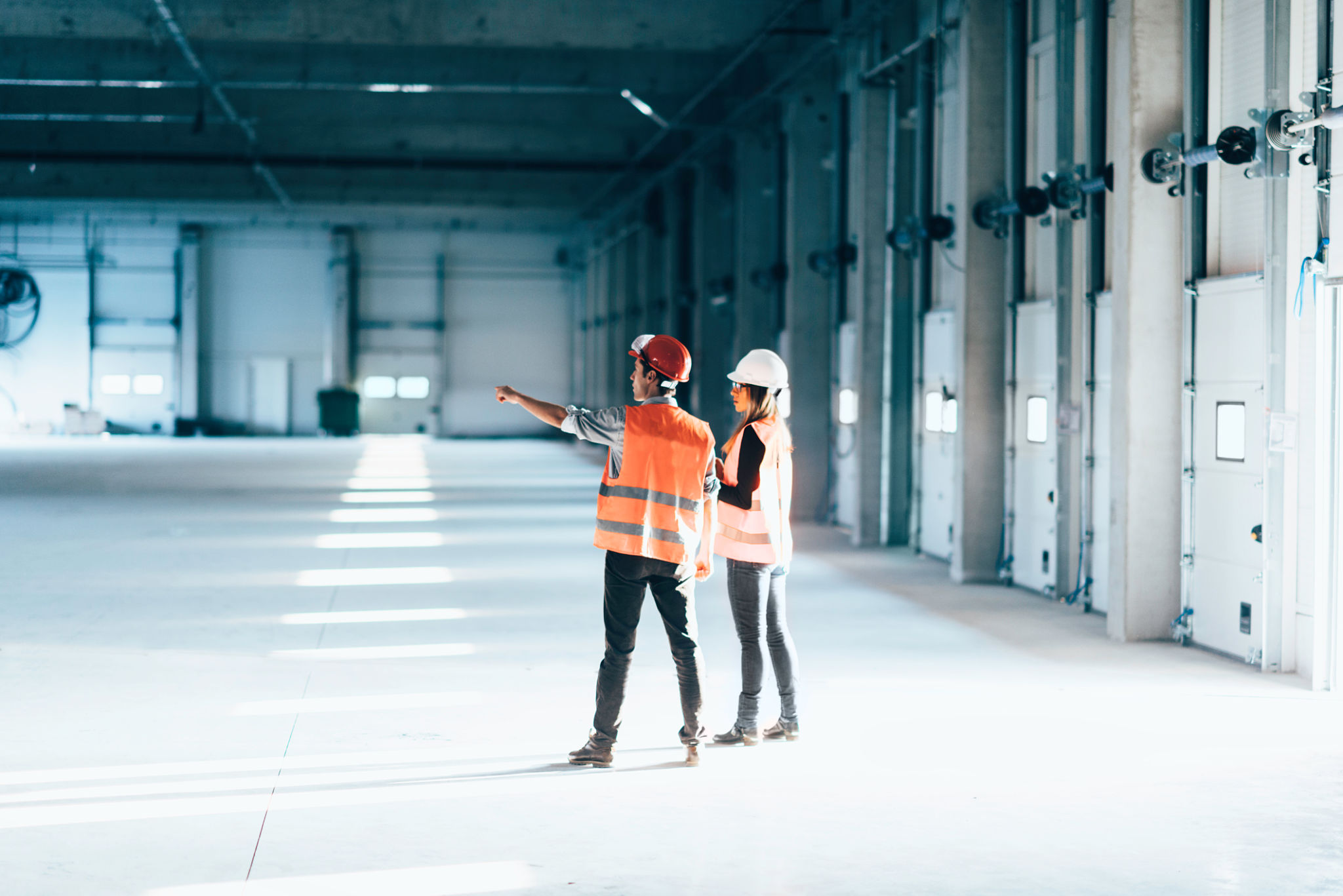Expert Tips for Managing Defects in Building Maintenance
Understanding the Importance of Defect Management in Building Maintenance
Building maintenance is a critical aspect of property management, ensuring the longevity and safety of structures. An essential component of effective building maintenance is managing defects. Recognizing and rectifying defects early can prevent minor issues from escalating into significant problems that require costly repairs.
Defects can vary significantly, from minor aesthetic issues to severe structural concerns. Understanding their impact not only helps in maintaining the building's value but also ensures the safety and satisfaction of its occupants.

Identifying Common Building Defects
The first step in managing defects is identifying them accurately. Common building defects include:
- Cracks in walls and foundations
- Water leaks and dampness
- Mold growth
- Peeling paint or wallpaper
- Faulty electrical systems
Regular inspections are crucial for identifying these issues early. Building managers should maintain a checklist to ensure thorough inspections, which can help in spotting defects that might otherwise go unnoticed.
Implementing a Robust Maintenance Plan
Once defects have been identified, implementing a robust maintenance plan is essential. A good maintenance plan should include:
- A schedule for regular inspections and assessments.
- A system for prioritizing repairs based on severity and potential impact.
- A clear process for documenting and tracking repairs and their outcomes.
Having a detailed plan helps in allocating resources efficiently and ensures that high-priority defects are addressed promptly.

Engaging Skilled Professionals
While some maintenance tasks can be handled internally, engaging skilled professionals for more complex issues is often necessary. Professionals bring expertise and specialized tools that ensure repairs are done correctly and efficiently. Hiring experienced contractors or consultants can prevent future problems and extend the life of building components.
It's crucial to establish relationships with reliable service providers who can respond quickly to urgent repair needs. This network of professionals can be invaluable, particularly in emergencies.
Leveraging Technology for Better Defect Management
Technology plays a significant role in modern defect management. Utilizing software solutions for tracking maintenance tasks allows for better organization and communication among team members. These tools can also help in scheduling inspections and generating reports on building conditions.
Moreover, incorporating smart building technologies, such as sensors and automated systems, can detect issues like leaks or system failures before they become visible defects. This proactive approach can significantly enhance maintenance efficiency.

Regular Training and Awareness
Training staff on defect management practices is vital for maintaining high standards. Regular workshops and training sessions can ensure that the team is up-to-date with the latest techniques and technologies in building maintenance.
A culture of awareness among occupants and staff encourages prompt reporting of defects, facilitating quicker responses. Educating everyone involved about the importance of timely defect management can lead to better overall maintenance practices.
Conclusion: Ensuring Longevity Through Proactive Management
Effective defect management in building maintenance is not just about fixing problems as they arise but adopting a proactive approach to prevent them. By understanding common defects, implementing thorough maintenance plans, engaging skilled professionals, leveraging technology, and promoting awareness, building managers can significantly enhance the lifespan and safety of their properties.
Ultimately, taking these steps ensures a well-maintained building that meets the needs of its occupants while preserving its value over time.
